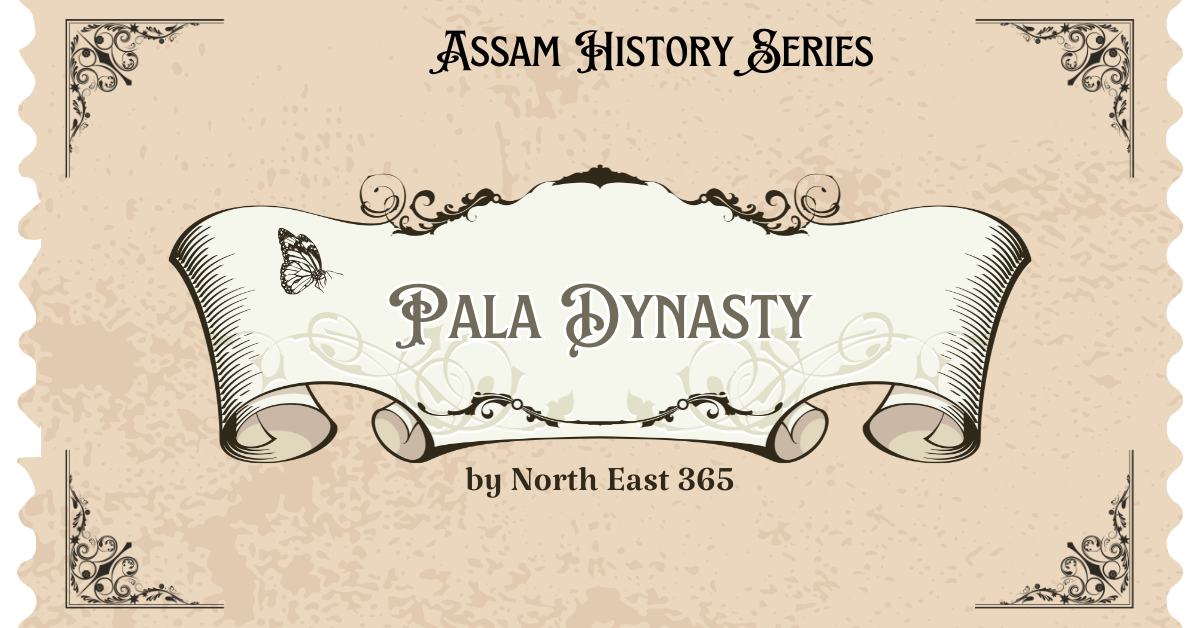The Pala Dynasty was an important ruling family in ancient Bengal and Eastern India. The dynasty had several powerful rulers who contributed to the expansion and strengthening of their kingdom. Here is a look at some of the notable kings of the Pala Dynasty.
Table of Contents
1. Brahmapala (c. 990 – 1010 AD)
Brahmapala was an early king of the Pala Dynasty. There are no detailed records of his rule, but his successor, Ratnapala, calls him a great warrior. He was known as “Maharajadhiraja,” meaning “king of kings.” His reign helped make the Pala dynasty stronger.
2. Ratnapala (c. 1010 – 1040 AD)
Ratnapala became king after Brahmapala and ruled for about 30 years. He is known for important records like the Choratbari, Bargaon, and Sualkuchi grants. Ratnapala was a strong leader who rebuilt and strengthened the city of Hadapyaka, naming it “Durjaya,” meaning “the strong city.” He was also a skilled warrior and defeated a king named Rajyapala from Gauda. His kingdom is believed to have reached parts of what is now Arunachal Pradesh.
3. Indrapala (c. 1040 – 1065 AD)
Indrapala, another important ruler of the Pala Dynasty, is known through two important records: the Gauhati and Guakuchi grants. He was a strategic ruler who formed a marriage alliance with the Rashtrakutas, a powerful dynasty in India. This alliance helped strengthen his position in the region. Indrapala’s rule also saw the expansion of the Pala kingdom, as he gained control over Pundravardhana, an important region in Bengal.
4. Gopala (c. 1065 – 1085 AD)
Gopala was an early king of Kamarupa. He is known for the Gachtal inscription, an important record from his time. Gopala was the son of Rajyadevi, a princess from the Rashtrakuta dynasty, showing that Kamarupa had ties to other powerful kingdoms
5. Harshapala (c. 1085 – 1095 AD)
Harshapala was a weak king. He lost part of his land to Jatavarman from East Bengal. During his rule, Chalukya Vikramaditya VI attacked and conquered many areas, including Kamarupa. However, Harshapala kept control of Kamarupa and didn’t lose any major territory.
6. Dharmapala (c. 1095 – 1120 AD)
Dharmapala was the last important king of his dynasty. He helped Kamarupa regain its power by winning lands in North Bengal and possibly in the southwest. He expanded the kingdom’s borders beyond the Karatoya River. Dharmapala also supported the writing of the Kalika Purana, a famous book. Near the end of his reign, he moved the capital to Kamarupanagar, which was likely in North Gauhati.
7. Jayapala (c. 1120 – 1138 AD)
Jayapala, king of Kamarupa, was defeated by Ramapala of Bengal. Ramapala took some land in North Bengal but did not conquer Kamarupa. After Jayapala’s defeat, Tingyadeva ruled the eastern part of Kamarupa.
8. Later Kings and the Rise of Gauda
After Tingyadeva, Vaidyadeva took control of eastern Gauda and later conquered Kamarupa, becoming the first Gauda king to rule it. Vaidyadeva was originally a servant of the Palas of Bengal but became independent after the death of Pala king Kumarapala. His reign is known from the Kamauli grant, an important inscription from his time.
9. The End of the Kingdom
After Vaidyadeva’s reign, the succession of rulers in Kamarupa is unclear. The Tabaquat-i-Nasiri, a historical text, mentions that during the invasions of Bakhtiyar Khilji (1205-06), a king named Prithu or Viswasundaradeva ruled Kamarupa. These invasions marked the end of Kamarupa as an independent kingdom.
The history of Kamarupa reflects a period of shifting powers, territorial losses, and occasional recoveries. Despite the challenges, the kingdom left behind a rich cultural and historical legacy.
Also Read: The Varman Dynasty of Assam: History, Culture, and Legacy
Assam’s history and it’s cultural heritage!
